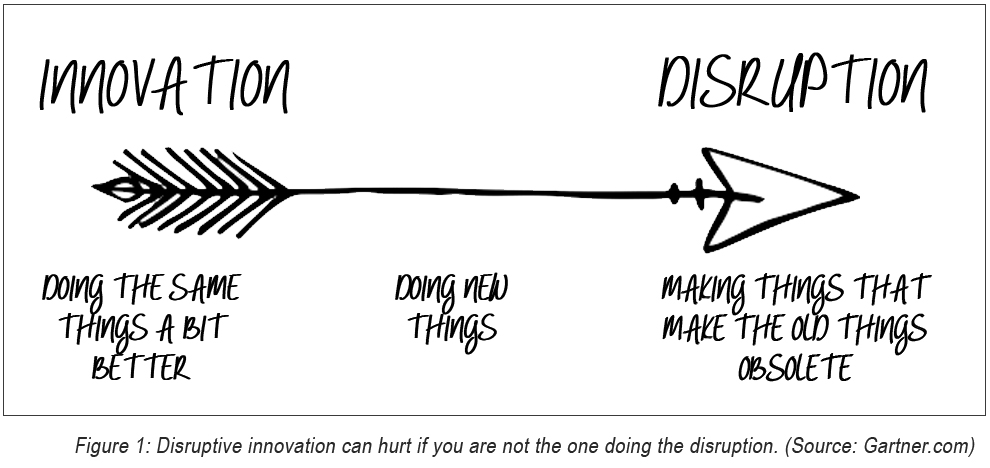Sweeping Health Care Legislation Proposal Calls for Disclosure of Perks and Fees Paid to Health Benefits Brokers
A ProPublica investigation in February found that the insurance industry often uses undisclosed money and gifts to influence which plans the brokers favor. The payments and perks include healthy commissions, six-figure bonuses and exotic island vacations. Critics call the compensation a “classic conflict of interest” that drives up costs.
Tyrone’s Commentary:
 Let me start with TransparentRx’s position on brokerage fees. Yes, some PBMs too are willing to pay hefty fees to win business. Any fees we pay to a brokerage must be disclosed (not in the fine print) to the plan sponsor. This is a requirement of the fidudiary standard we offer to every client. I suspect this is part of the reason why we aren’t yet a half billion dollar company but I digress. I’ve personally had conversations with leadership at several health benefits brokerage firms on this very topic. For some of these leaders, their conscience is getting the better of them. This is good news for the industry as a whole. They want more disclosure. They want more transparency for their clients. Ideally, more disclosure leads to lower fees for plan sponsors. I don’t necessarily believe that a brokergage firm has to give up revenue for disclosure. The value proposition, however, must change. As a health benefits brokers value proposition begins to take shape, it is important to compare it against your competitors’ value proposition, or at least your best estimate of what those value propostions are. This is different from and far more challenging than merely comparing service offerings and fees. The same can’t be said for carriers. It was a carrier when an executive at a large brokerage firm shared with me their desire for more disclosure and transparency only for the carrier to push back saying, “why…we are making a lot of money.” Unfortuntately, this is how a large part of business gets done in healthcare – you scratch my back and I’ll scratch yours.
Let me start with TransparentRx’s position on brokerage fees. Yes, some PBMs too are willing to pay hefty fees to win business. Any fees we pay to a brokerage must be disclosed (not in the fine print) to the plan sponsor. This is a requirement of the fidudiary standard we offer to every client. I suspect this is part of the reason why we aren’t yet a half billion dollar company but I digress. I’ve personally had conversations with leadership at several health benefits brokerage firms on this very topic. For some of these leaders, their conscience is getting the better of them. This is good news for the industry as a whole. They want more disclosure. They want more transparency for their clients. Ideally, more disclosure leads to lower fees for plan sponsors. I don’t necessarily believe that a brokergage firm has to give up revenue for disclosure. The value proposition, however, must change. As a health benefits brokers value proposition begins to take shape, it is important to compare it against your competitors’ value proposition, or at least your best estimate of what those value propostions are. This is different from and far more challenging than merely comparing service offerings and fees. The same can’t be said for carriers. It was a carrier when an executive at a large brokerage firm shared with me their desire for more disclosure and transparency only for the carrier to push back saying, “why…we are making a lot of money.” Unfortuntately, this is how a large part of business gets done in healthcare – you scratch my back and I’ll scratch yours.
ProPublica’s findings prompted Sen. Lamar Alexander, R-Tenn., chairman of the Health, Education, Labor and Pensions Committee, and Sen. Patty Murray, D-Wash., the committee’s ranking minority member, to include new requirements for brokers in a sweeping health care legislation proposal. The draft bill, known as the Lower Health Care Costs Act, also takes on surprise medical bills, high drug prices and public health problems among other issues.







